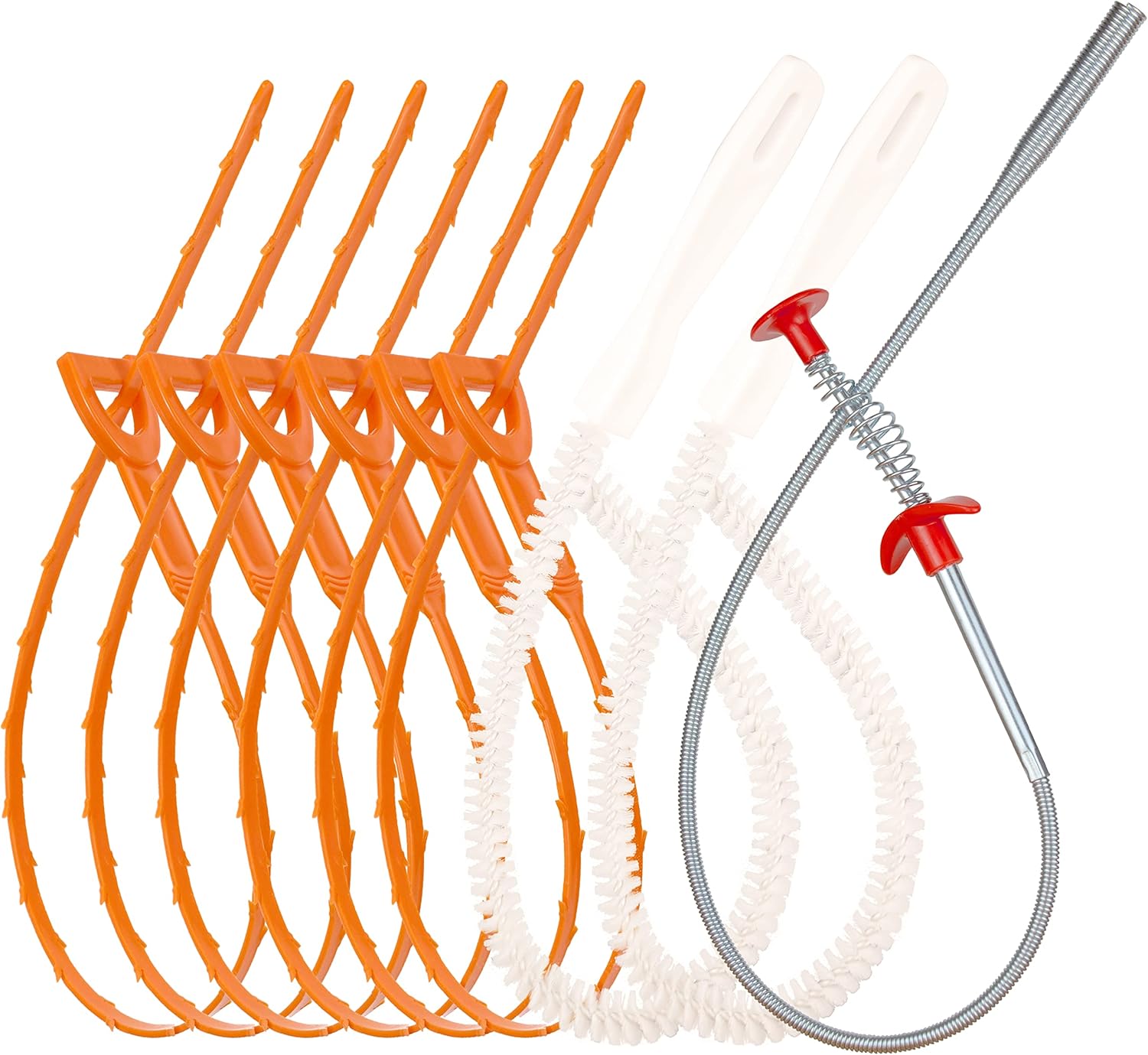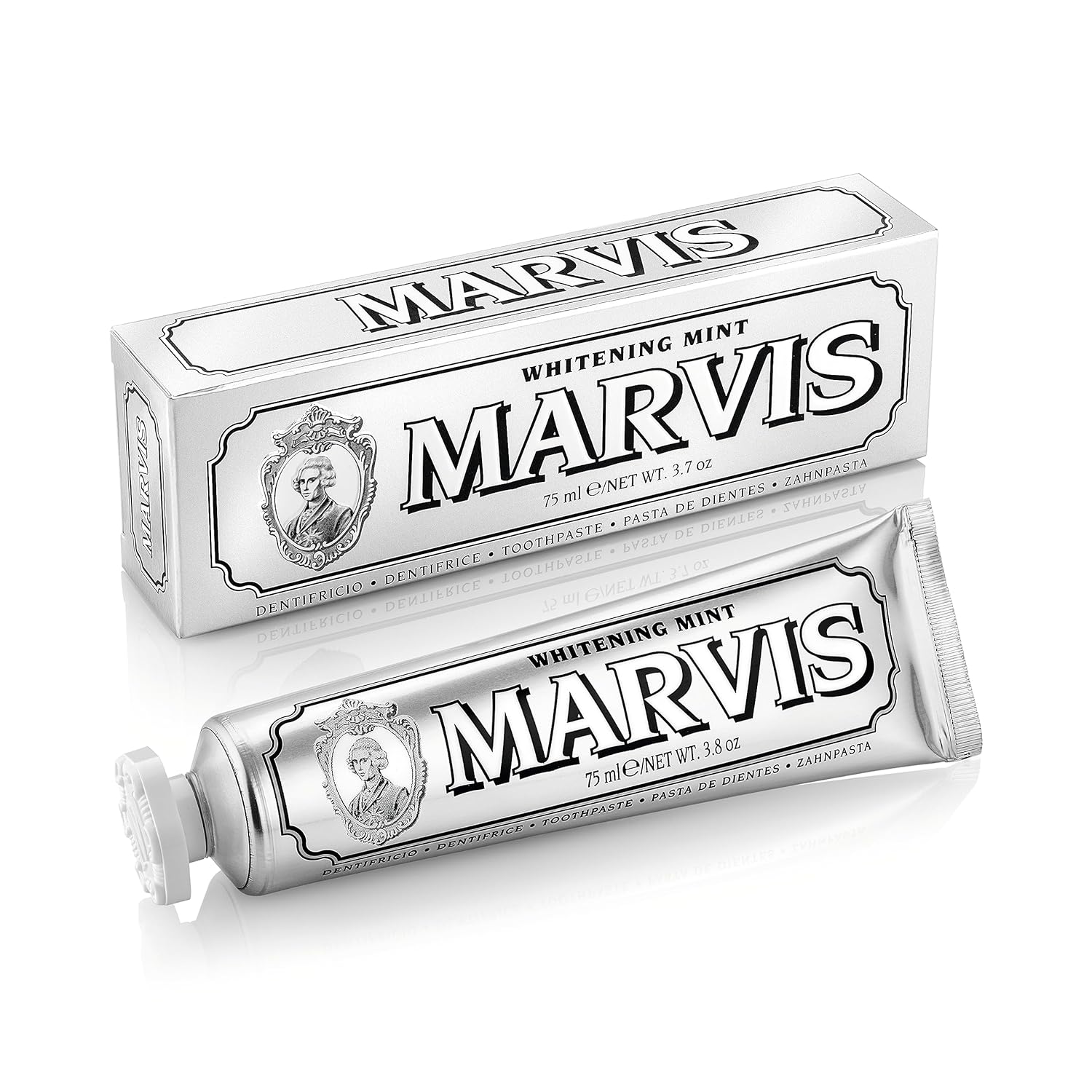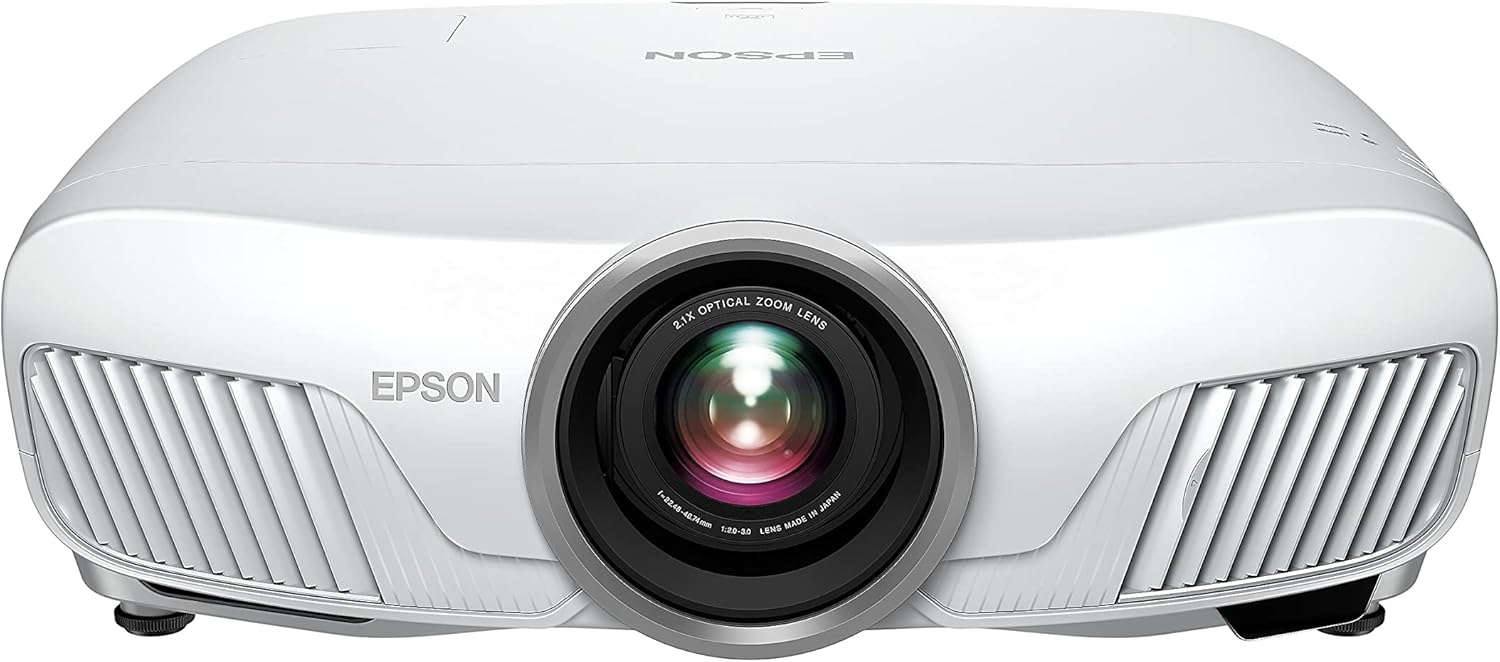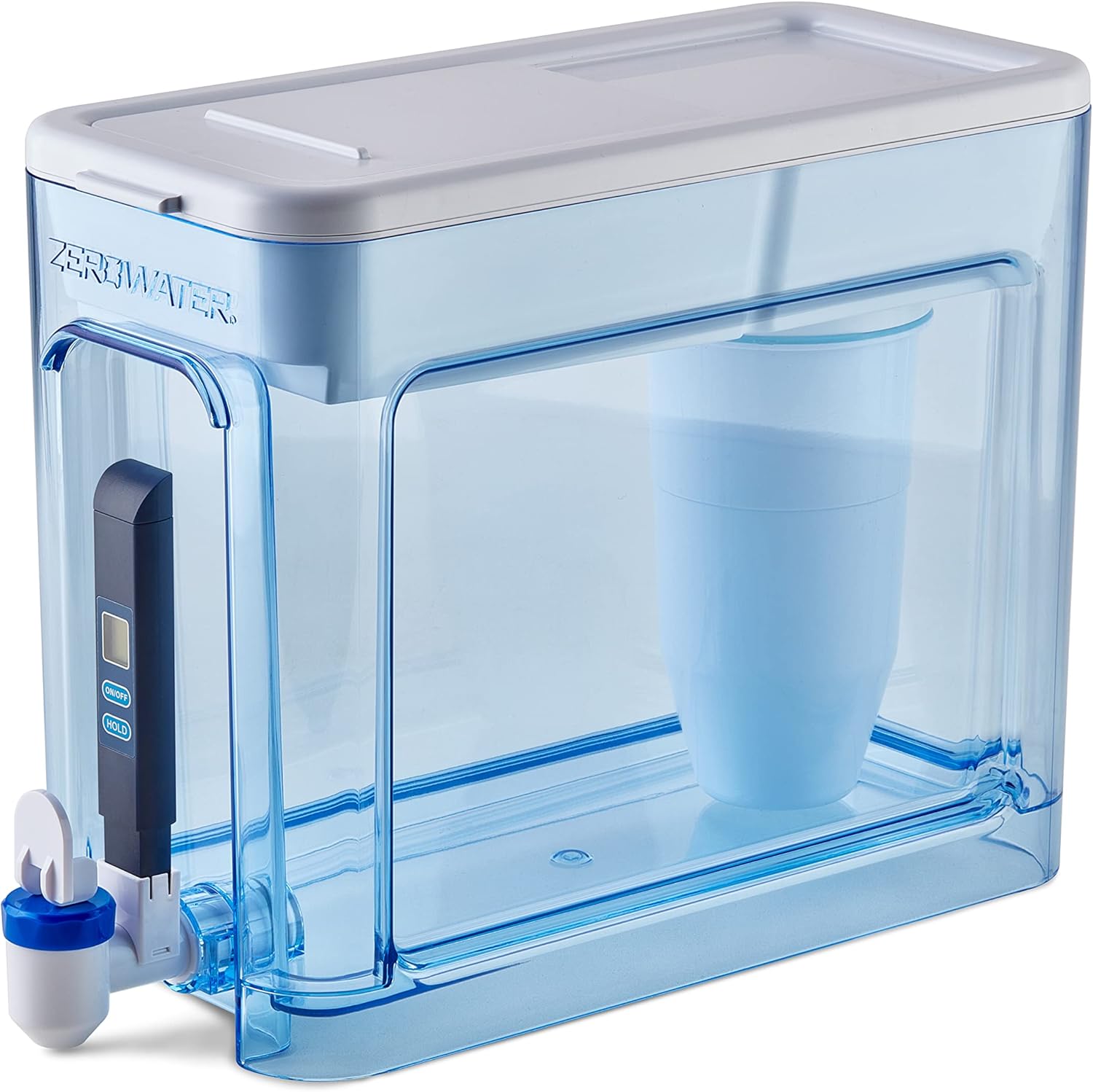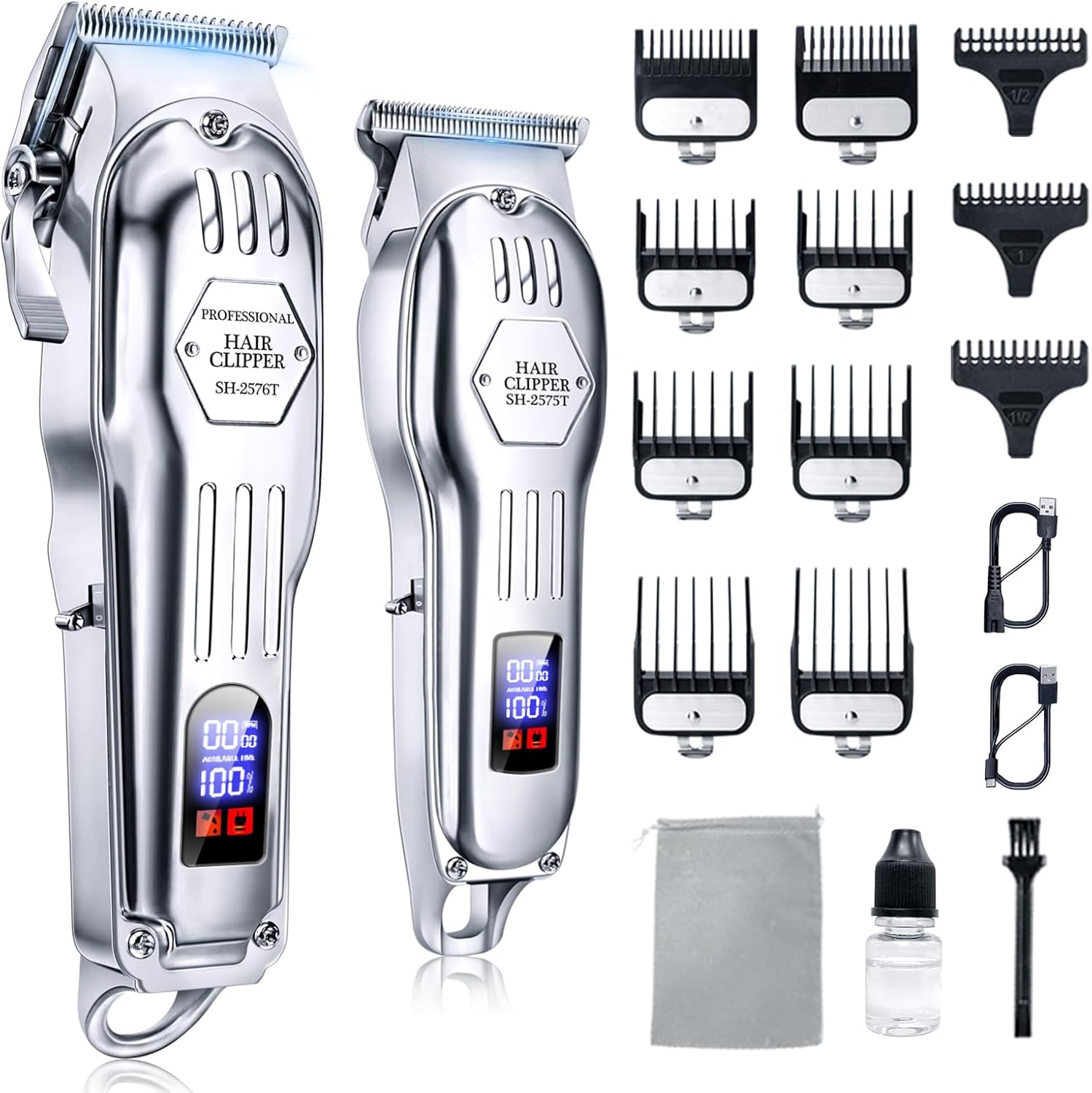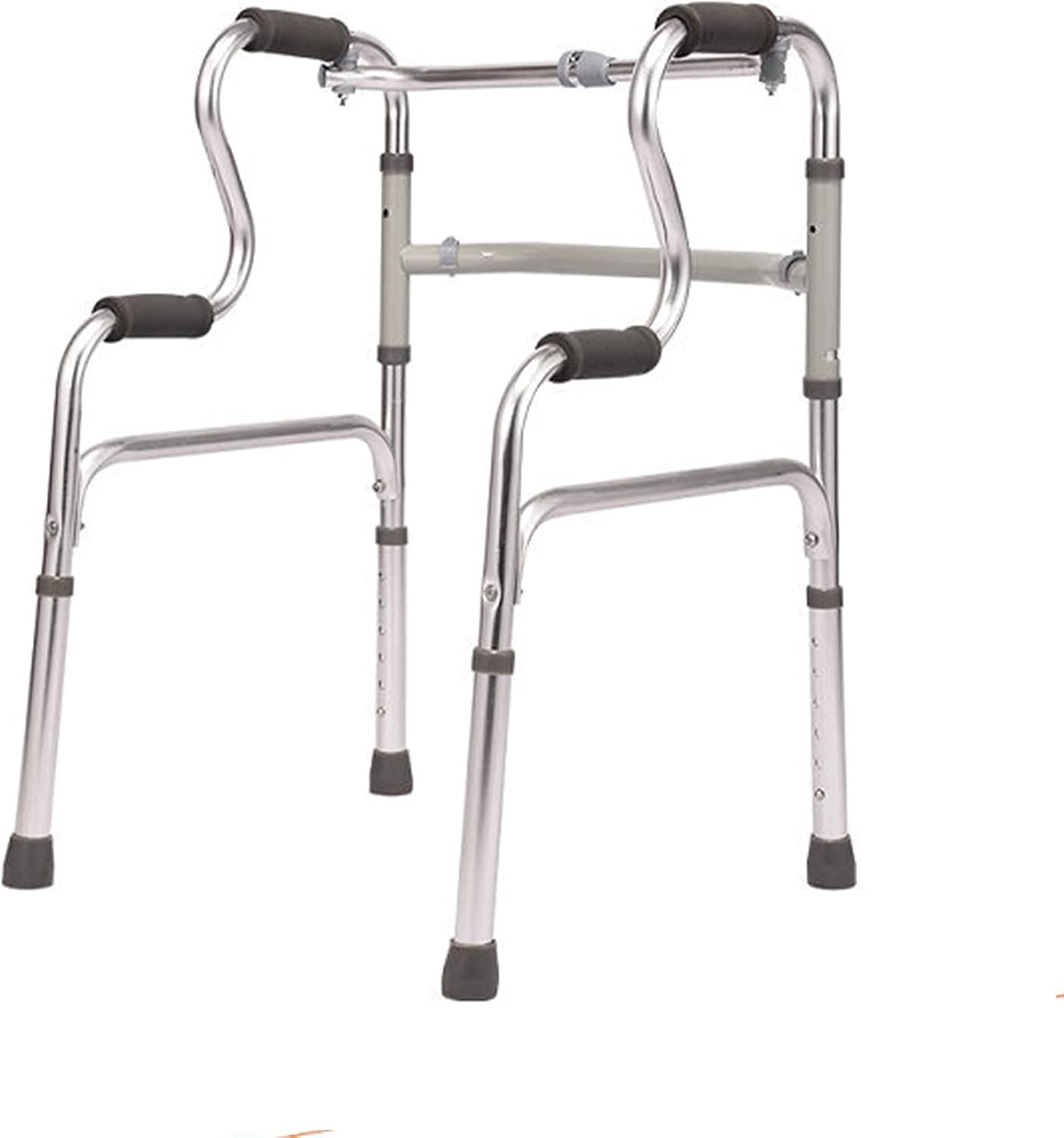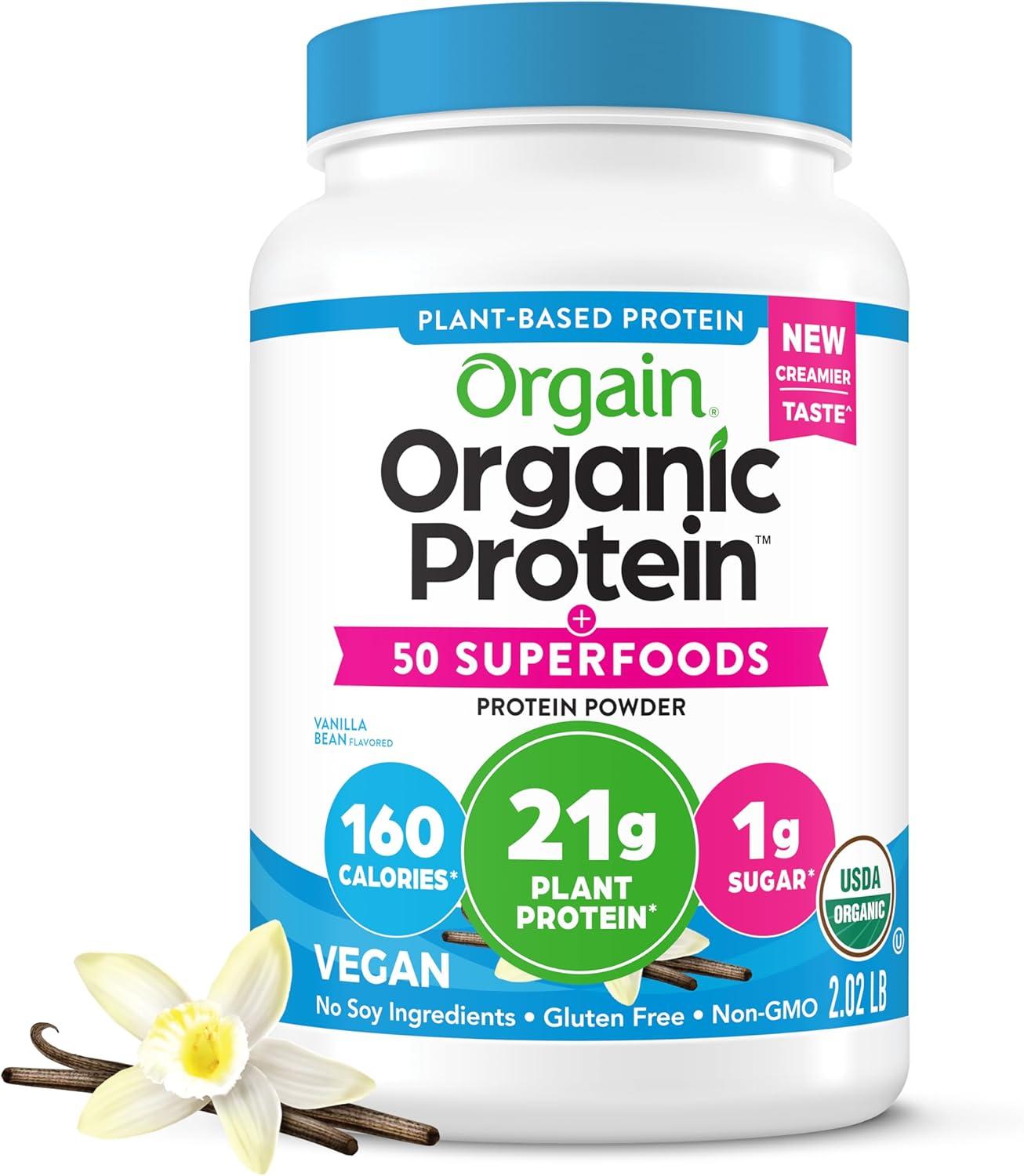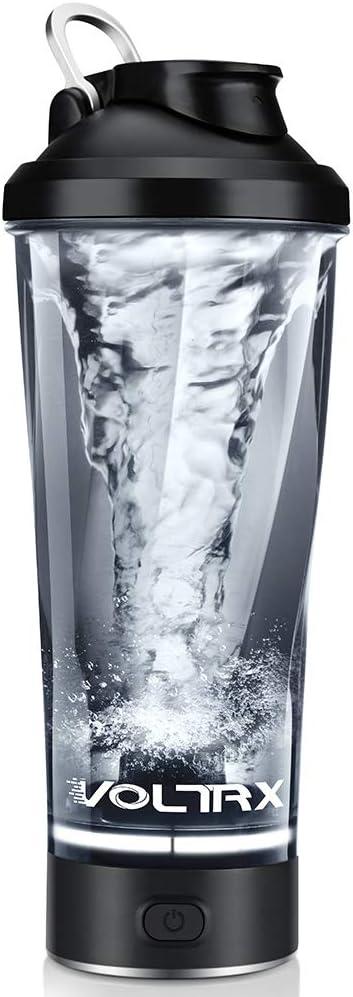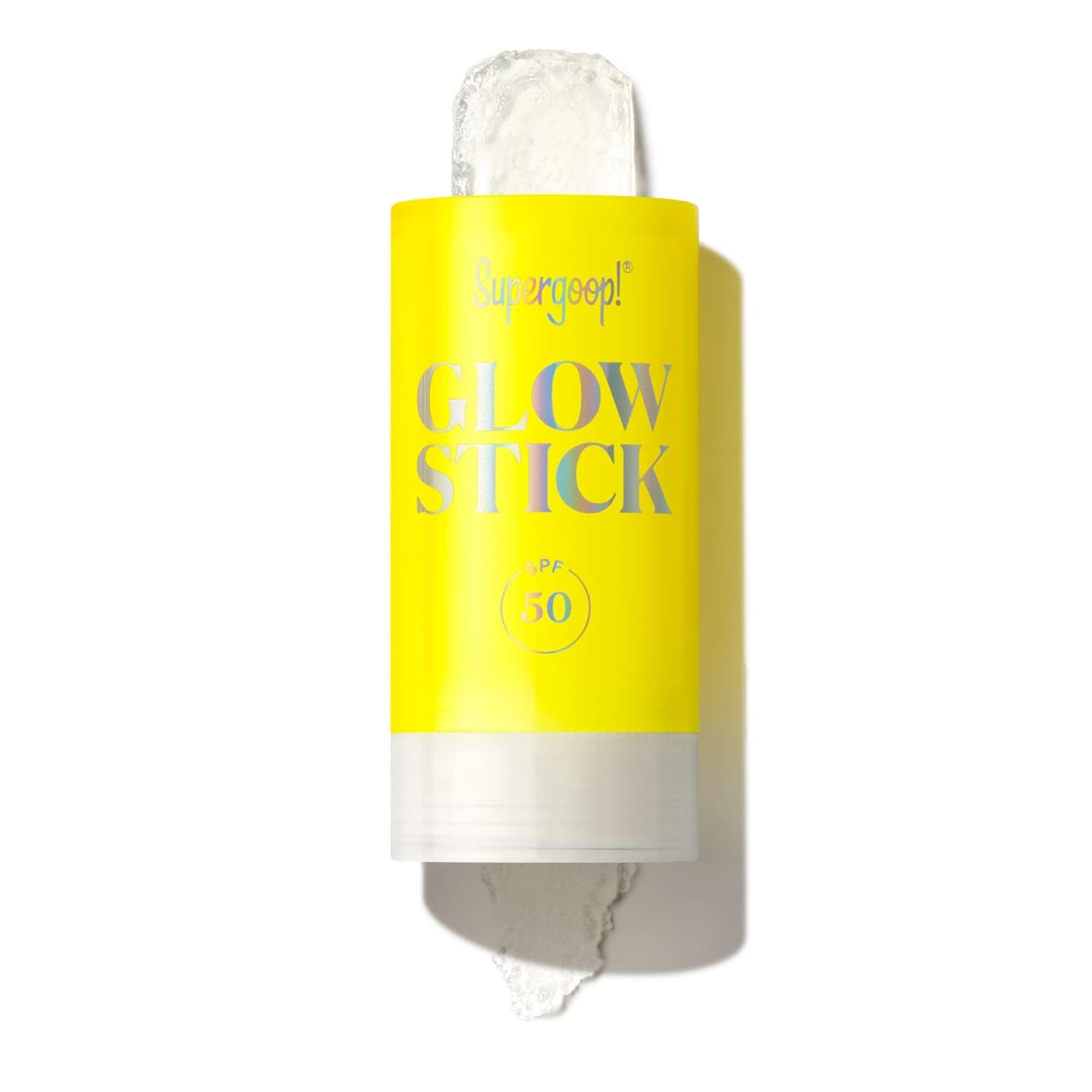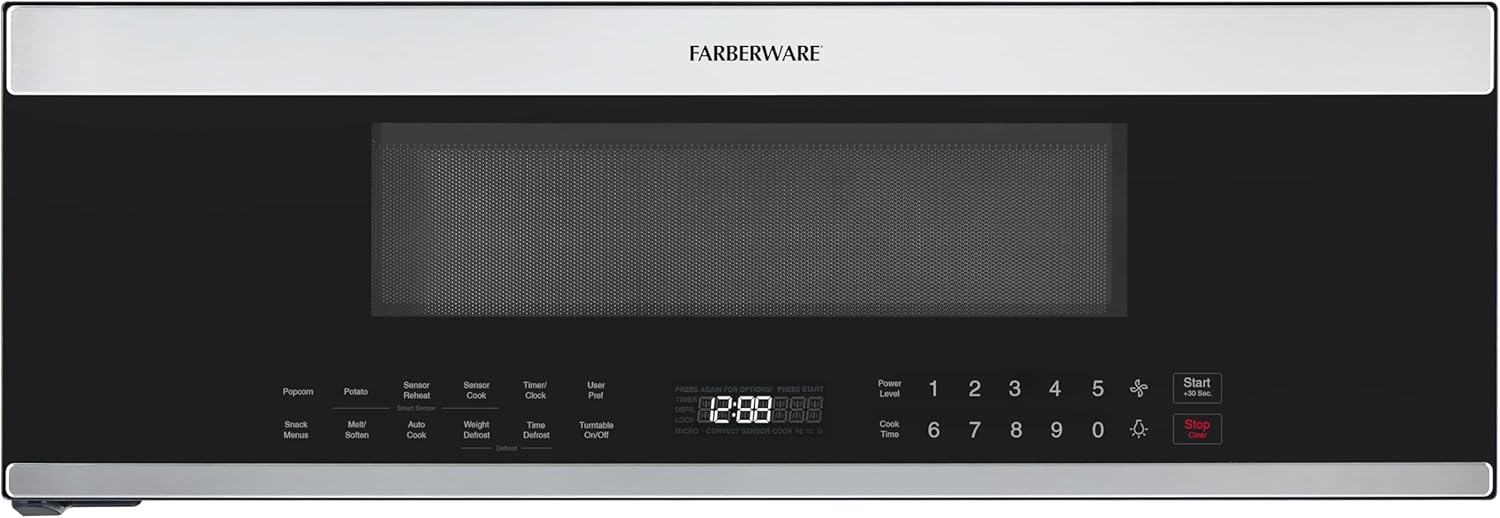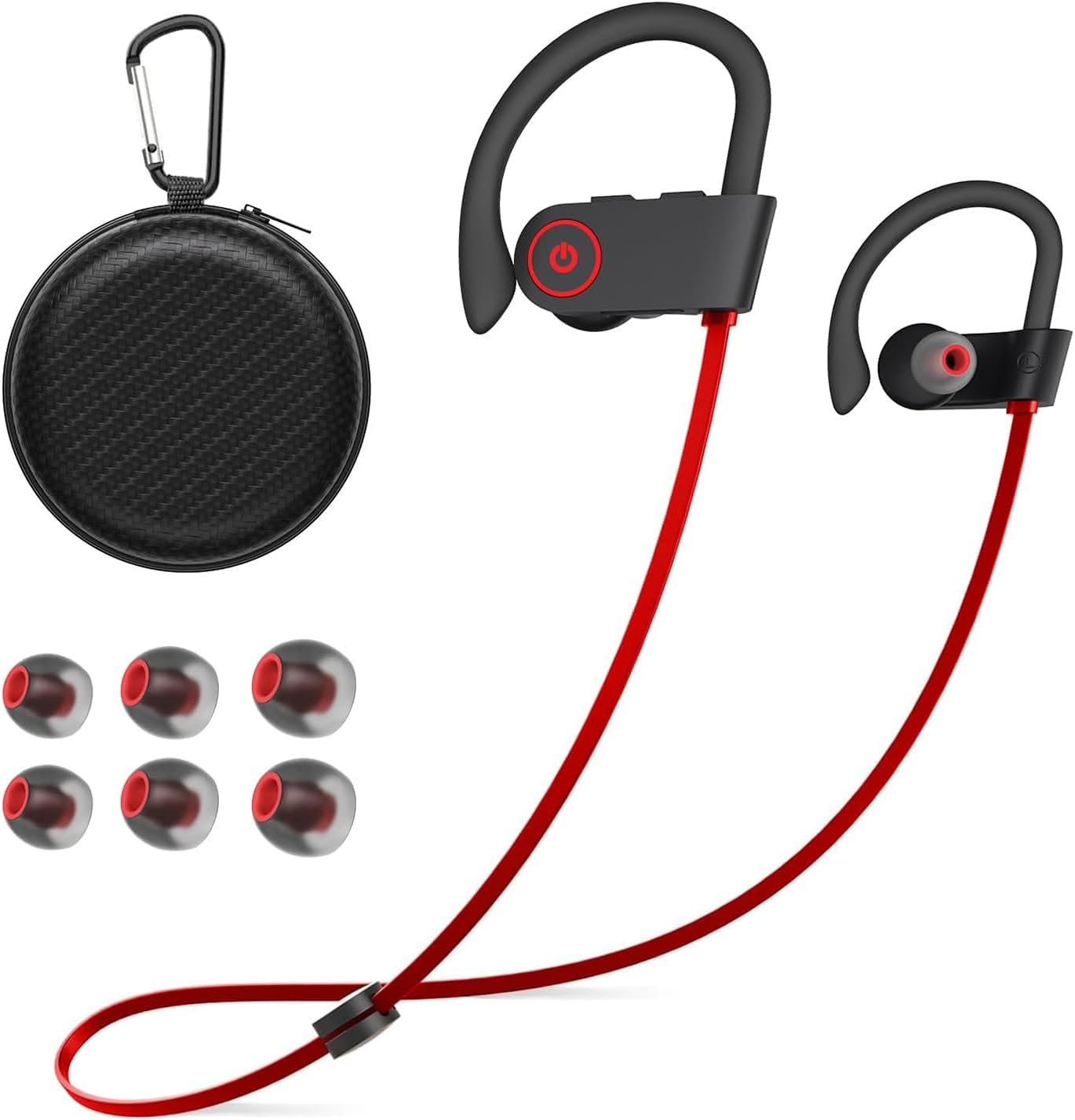







Price: $42.99 - $44.99
(as of Apr 10, 2025 18:08:44 UTC - Details)
The Best Shoe for Walking: Your Ultimate Guide to Comfort and Support
Introduction
When it comes to finding the best shoe for walking, comfort and support are paramount. Whether you’re strolling through a park, running errands, or taking a leisurely hike, the right shoes can make all the difference. With so many options available, it can be overwhelming to choose the perfect pair. This guide will help you navigate the key features to look for and highlight some of the best choices on the market. Let’s dive in and discover how to step up your walking game!
Why Comfort Matters in Walking Shoes
When searching for the best walking shoes, comfort should be your top priority. Walking involves repetitive motion, and if your shoes aren’t comfortable, you risk blisters, aches, and even long-term injuries. A good walking shoe provides cushioning, support, and a fit that keeps your feet happy. Look for shoes with adequate padding and a breathable upper to keep your feet cool and comfortable.
Key Features of Comfortable Walking Shoes
- Cushioning: Shoes with good cushioning help absorb impact and reduce stress on your joints.
- Arch Support: Proper arch support can alleviate discomfort and prevent fatigue.
- Fit: A snug but not tight fit ensures your foot stays in place without causing pressure points.
The Importance of Arch Support
One of the most crucial aspects of walking shoes is arch support. Everyone has a different foot shape, and understanding your arch type can help you choose the right shoe. Those with flat feet may need more stability, while those with high arches might require extra cushioning.
How to Determine Your Arch Type
- Wet Foot Test: Wet your foot and step on a piece of cardboard to see your footprint.
- Flat Foot: If you see most of your foot, you have flat arches.
- Neutral Arch: If you see a moderate curve, you have neutral arches.
- High Arch: If your footprint has a thin line, you have high arches.
Lightweight Versus Supportive Walking Shoes
When considering the best shoe for walking, you’ll often come across a debate between lightweight and supportive shoes. Each has its own benefits depending on your walking habits.
Lightweight Shoes
- Pros: Great for casual walkers. They feel like you're walking on air and are perfect for shorter distances.
- Cons: May lack the necessary support for longer walks or uneven terrains.
Supportive Shoes
- Pros: Designed for stability and comfort, making them ideal for long walks and varied surfaces.
- Cons: They can be heavier and bulkier, which might not suit everyone.
Best Materials for Walking Shoes
The material of your walking shoes affects comfort, durability, and breathability. When looking for the best walking shoe, consider the following materials:
Mesh Uppers
- Breathability: Mesh allows for airflow, keeping your feet cool.
- Lightweight: Often lighter than leather options, making them great for long walks.
Synthetic Leather
- Durability: Offers a balance of breathability and sturdiness.
- Water Resistance: Many synthetic options are treated to resist water.
Top Brands for Walking Shoes
When searching for the best shoes for walking, certain brands stand out due to their reputation for quality and comfort. Here are some popular choices:
New Balance
Known for their wide range of sizes and widths, New Balance walking shoes offer excellent support and cushioning, making them a favorite among walkers.
ASICS
ASICS walking shoes are renowned for their GEL cushioning technology, providing superior shock absorption and comfort for long walks.
Brooks
Brooks is another brand that excels in creating supportive walking shoes. Their focus on biomechanics helps ensure a comfortable fit for various foot types.
How to Choose the Right Size
Selecting the right size is crucial when choosing the best shoe for walking. A poorly fitting shoe can lead to discomfort and injuries. Here are some tips to ensure the perfect fit:
Measure Your Feet
Always measure both feet, as one foot may be larger than the other. Choose the size that fits your larger foot comfortably.
Try Before You Buy
Walk around in the shoes before making a purchase. Ensure there’s enough room in the toe box and that your heel doesn’t slip.
Consider Sock Thickness
If you plan to wear thicker socks, try the shoes on with them to ensure a proper fit.
The Role of Insoles
Insoles can dramatically improve the comfort and support of any walking shoe. If you have specific foot issues, investing in custom or over-the-counter insoles can be beneficial.
Benefits of Using Insoles
- Extra Cushioning: Insoles can provide additional cushioning for comfort.
- Arch Support: They can enhance arch support, especially if you need a specific type.
- Shock Absorption: Quality insoles help absorb impact during your walks.
Conclusion
Finding the best shoe for walking involves considering comfort, support, materials, and fit. By focusing on these key factors, you can ensure a more enjoyable walking experience. Remember to prioritize your foot type and the specific features that will cater to your walking habits. With the right shoes, every step can be a pleasure. Happy walking!



